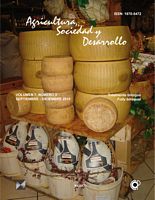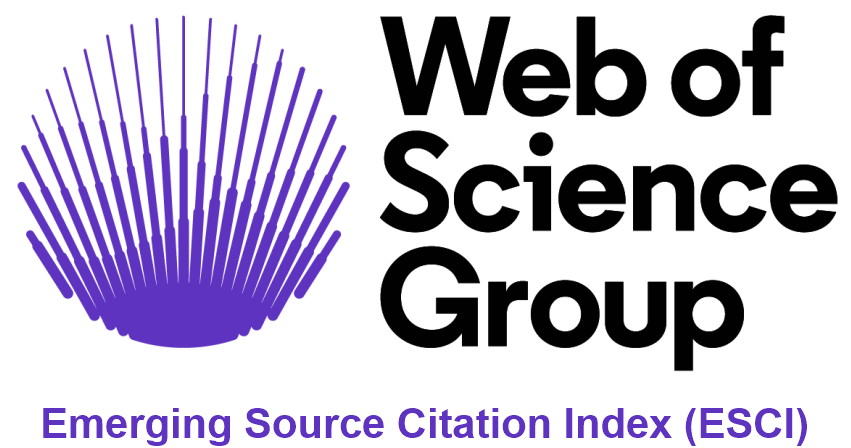Agrobiotechnologies in Uruguay: positioning of the players around an uncertain debate
Abstract
In Uruguay, the introduction and use of transgenic seeds has
become an intermittent process of agreements and disagreements
between the players involved. Upon the introduction of the
transgenic soybean (Glycine max) in 1996 an area of conflict
began, with the scenarios changing in accordance with the
degree of involvement of the different players. These include the
producers’ organizations with differing nuances on the subject,
the companies of agricultural inputs which commercialize
transgenic seeds, the community of researchers that hold the
expert knowledge about the subject matter, the State and political
policies that have changed with regard to the authorization,
supervision and control of the GMOs, some environmentalist
NGOs that have rejected the authorization of transgenic events,
and the general consumers. The controversy has been subject
to the unsteadiness of the prominent role that several players
have assumed at different moments, failing to involve en masse
the civilian society which has largely remained misinformed
and alien to the debate. In this context, the different meanings,
social representations and strategies around agrobiotechnologies
are analyzed, sustained by supporters as well as by detractors
of these technologies.
Downloads
Published
How to Cite
Issue
Section
License
Authors who publish in this journal accept the following conditions:
- The authors retain the copyright and transfer to the magazine the right of the first publication, with the work registered with the Creative Commons attribution license, which allows third parties to use what is published as long as they mention the authorship of the work and the first publication in this magazine.
- Authors may make other independent and additional contractual arrangements for non-exclusive distribution of the version of the article published in this journal (e.g., including it in an institutional repository or publishing it in a book) as long as they clearly indicate that the work It was first published in this magazine.
- Authors are permitted and encouraged to publish their work on the Internet (for example on institutional or personal pages) before and during the review and publication process, as it can lead to productive exchanges and greater and faster dissemination of the work. published (see The Effect of Open Access).













